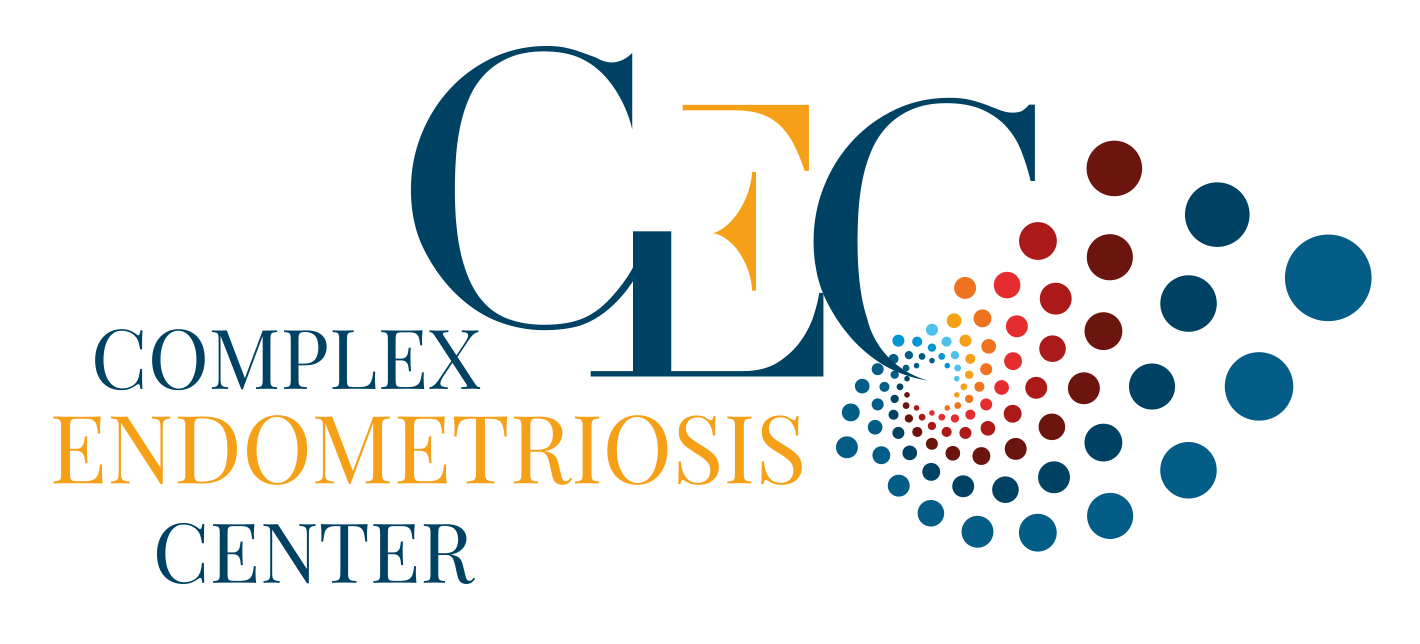Endometriosis and fertility: what impact and what solutions?
Endometriosis is a gynecological pathology that affects around 10% of women of childbearing age. Much more than a simple ailment, the consequences of endometriosis are not limited to crippling pain: it is also one of the main causes of infertility in women.
While this situation is often a source of great concern, today there are therapeutic options for preserving or restoring fertility.
What are the links between endometriosis and infertility?
Whether internal, peritoneal, ovarian or deep-seated, whatever its form, endometriosis is a complex disease that can affect fertility via several mechanisms:
- Local inflammation: the presence of endometriotic lesions in the peritoneal cavity creates a chronic inflammatory environment. This inflammation generates cytokines and free radicals, which disrupt oocyte maturation and compromise embryo implantation.
- Anatomical alterations: pelvic adhesions and ovarian cysts linked to endometriosis can deform the reproductive organs, particularly the fallopian tubes, preventing the oocyte and spermatozoon from meeting.
- Impact on oocyte quality: Inflammation and oxidative stress damage the ovarian reserve. Patients with endometriosis have inferior oocytes, reducing the chances of conception and increasing the risk of miscarriage.
- Hormonal dysfunction: Endometriosis also disrupts hormonal balances, resulting in irregular or insufficient ovulation.
What is the impact on assisted reproduction techniques?
PMA, or medically-assisted procreation, is one solution being considered to overcome the difficulties of conceiving due to endometriosis.
However, patients with severe forms have lower success rates. A systematic review has shown that embryo implantation and live birth rates are significantly reduced in these patients, compared with women without the disease.
Early diagnosis and assessment
Early diagnosis is an essential factor in preserving fertility in women with endometriosis.
Despite this, the disease remains under-diagnosed, with an average delay of 7 to 10 years between the first symptoms and confirmation of diagnosis. This delay increases the risk of complications, particularly damage to the ovaries and fallopian tubes.
Key examinations
To assess the impact of endometriosis on fertility, several diagnostic tools are used by the hospital practitioner or gynecologist.
- Pelvic MRI: This enables precise detection of deep lesions affecting the rectum or ovaries.
- Endovaginal ultrasound: Particularly useful for identifying ovarian cysts and deep nodules.
- Diagnostic laparoscopy: This surgical examination not only confirms the presence of endometriosis, but also removes certain lesions.
- Hormone assays: These tests assess ovarian reserve and identify any imbalances.
What are the solutions for preserving or restoring fertility?
Medical approaches
- Hormonal treatments: Progestins, GnRH agonists and, more recently, GnRH antagonists help control the symptoms of endometriosis. However, these treatments do not directly treat infertility, but can slow the progression of lesions.
- Nutritional supplements: Some studies suggest that antioxidants may improve oocyte quality by reducing the oxidative stress associated with endometriosis.
Surgical approaches
- Conservative surgery: excision of lesions using techniques such as paroscopic shaving is recommended to improve the chances of conception and preserve the reproductive organs. This technique is particularly effective for rectovaginal nodules.
- Radical surgical techniques: In certain complex cases, rectal or ovarian resection may be necessary. However, these procedures should be considered with caution, as they can impair reproductive function.
Medically assisted reproduction
- IVF (in vitro fertilization): This technique is recommended when natural approaches have failed, or after two years of unsuccessful attempts. Studies show that prior surgery to remove lesions can improve reproductive success rates.
- Oocyte vitrification: This solution is particularly useful for younger women or those planning surgical treatment, enabling them to preserve their future fertility.
How to support women with endometriosis?
Preserving fertility
For women diagnosed at an early stage, oocyte vitrification is a preventive option to be considered before surgery. This technique makes it possible to store good-quality oocytes that can be used at a later date in the event of difficulty conceiving.
Multidisciplinary care
Managing endometriosis and its impact on fertility requires a comprehensive approach. Collaboration between gynecologists, specialized surgeons, radiologists and fertility experts is essential to optimize the chances of success.
Psychological support
The emotional impact of endometriosis should not be underestimated. Many women suffer from anxiety or depression when faced with the difficulties of conceiving. Support groups and psychological consultations can help them to cope better with this ordeal.
Endometriosis is a complex disease that can have major consequences for fertility.
Today, thanks to medical and surgical advances, it is possible to preserve or restore the chances of conception, even in severe cases.
Early diagnosis and personalized care are essential to offer patients a positive outlook. With a personalized approach and appropriate support, every woman with endometriosis can look to the future with hope, whatever the severity of her disease.
